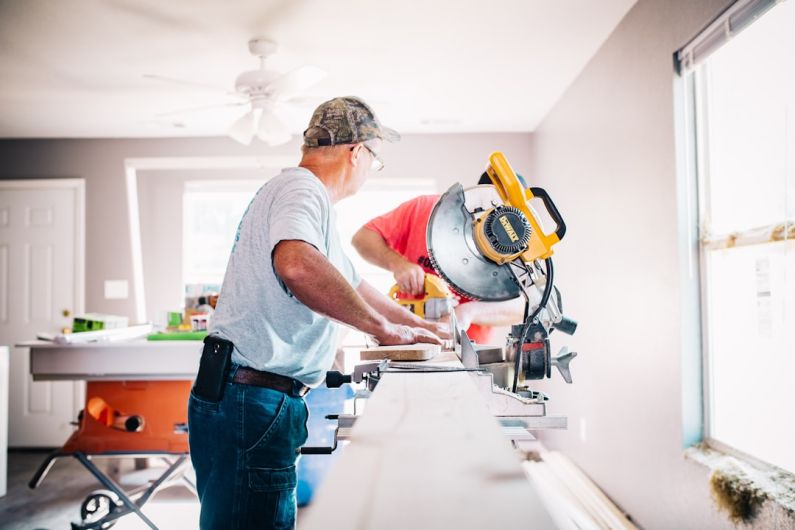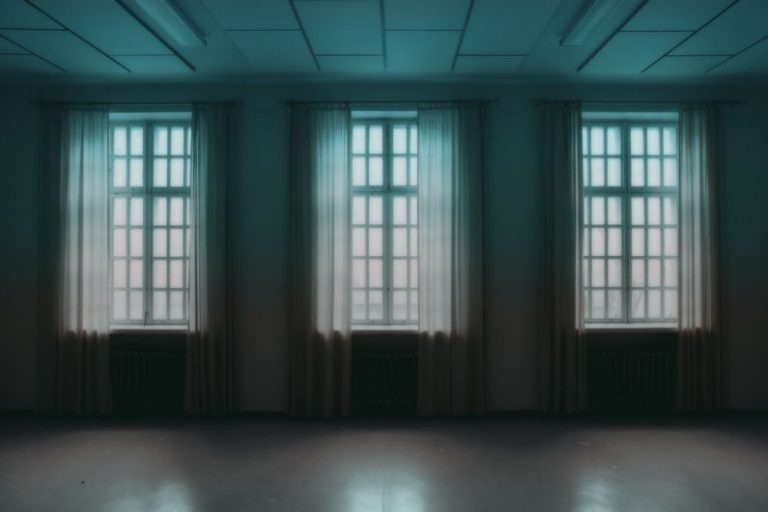How to Fix Common Plumbing Issues Without a Plumber?
Plumbing issues can be a real headache, but they don’t always require the help of a professional plumber. With a little bit of know-how and the right tools, you can tackle some common plumbing problems on your own. In this article, we will explore some DIY solutions to fix common plumbing issues without the need for a plumber.
Dripping Faucets
A dripping faucet is not only annoying but can also waste a significant amount of water over time. The most common cause of a dripping faucet is a worn-out washer or O-ring. To fix this, start by turning off the water supply to the faucet. Then, using a wrench, remove the handle and unscrew the valve stem. Replace the washer or O-ring with a new one and reassemble the faucet. Turn on the water supply, and voila, your dripping faucet should be fixed.
Clogged Drains
Clogged drains are another common plumbing issue that can be resolved without calling a plumber. One of the most effective methods to unclog a drain is by using a plunger. Simply place the plunger over the drain and create a tight seal. Then, push and pull the plunger vigorously to create suction and dislodge the clog. If the plunger doesn’t work, you can try using a drain snake. Insert the snake into the drain and twist it to break up the clog. Be careful not to push the clog further down the drain.
Running Toilet
A running toilet can waste a significant amount of water and increase your water bill. The most common cause of a running toilet is a faulty flapper valve. To fix this, start by turning off the water supply to the toilet. Then, remove the tank lid and flush the toilet to empty the tank. Inspect the flapper valve and check for any signs of damage or debris. If necessary, replace the flapper valve with a new one. Turn on the water supply, and your running toilet should be fixed.
Leaky Pipes
Leaky pipes can cause water damage and increase your water bill if left unaddressed. To fix a leaky pipe, start by turning off the water supply to the affected area. Then, using a pipe wrench, tighten any loose fittings or connections. If the leak persists, you can try using plumber’s tape or epoxy putty to seal the leak temporarily. However, it’s important to note that these are temporary solutions, and you should consider calling a plumber for a more permanent fix.
Low Water Pressure
Low water pressure can be frustrating, but it can often be resolved without professional help. Start by checking if the aerator on your faucet is clogged. Unscrew the aerator and clean it thoroughly. If this doesn’t solve the issue, you can try cleaning the showerhead by soaking it in vinegar overnight. If these methods don’t work, the problem may be with the water pressure regulator or a blockage in the pipes. In such cases, it’s best to call a plumber for further investigation.
In conclusion, many common plumbing issues can be fixed without the need for a plumber. By following the DIY solutions mentioned in this article, you can save time and money. However, it’s important to know your limits and when to call a professional if the problem persists or if you’re unsure about your abilities.






